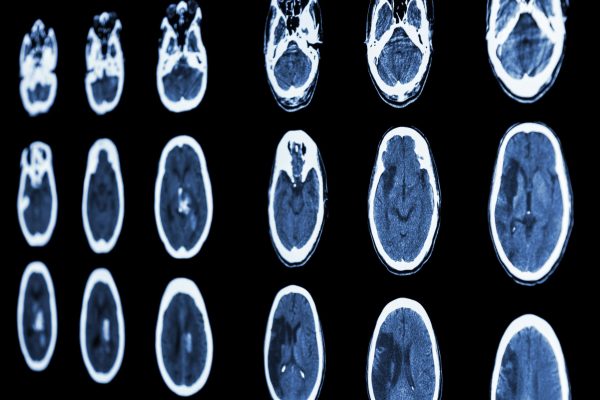Branch of medicine that studies diagnostic and therapeutic applications with radiation (including x-ray) and radioactive substances.
In radiology, there are two main areas – radiodiagnostics and radiotherapy. There is also a new and rapidly developing field – Interventional Radiology.
X-ray diagnostics includes sections such as:
Sonography (ultrasound diagnostics) – it’s the study of organs and tissues by ultrasonic “waves”. They pass across the boundaries between different tissues, and different ultrasound are reflected from them. A special sensor detects these changes, transforming them into a graphic image that can be recorded on a monitor or a special photo paper.
Ultrasonic method is simple, accessible and has no contraindications. Ultrasound can be used repeatedly throughout the period of observation of the patient for a few months or years. Moreover, the study can be repeated several times in a single day, if required by the clinical situation.
Sometimes study can be difficult or give just a little information because of the patient’s post-surgical scars, or obesity for example. When pathological processes are identified by ultrasound, they also may require further examination using more informative methods. In these cases, computed tomography (CT) or magnetic resonance imaging (MRI) may be performed.
MRI (magnetic resonance imaging) – it’s a safe and effective method of diagnosis that is not associated with ionizing radiation and introduction of any radioactive substances. The basis for the MRI images is the magnetic field and radio frequency pulses. During the study, the patient is placed in a tunnel scanner. Typically, the diameter of the tunnel is 70-80 cm. The tunnel is open on two sides. Ventilation and lighting are made for maximum comfort of the patient during the study.
MRI allows to obtain clear images of internal organs, helps to establish the diagnosis and appropriate treatment. Referral for MRI does not necessarily mean that you have an illness – perhaps your doctor wants to refine the results of the ultrasound.
CT (computed tomography) — combines a series of X-ray views taken from many different angles and computer processing to create cross-sectional images of the bones and soft tissues inside your body. The resulting images can be compared to looking down at single slices of bread from a loaf. Your doctor will be able to look at each of these slices individually or perform additional visualization to view your body from different angles. In some cases, CT images can be combined to create 3-D images. CT scan images can provide much more information than do plain X-rays. A CT scan has many uses, but is particularly well suited to quickly examine people who may have internal injuries from car accidents or other types of trauma. A CT scan can be used to visualize nearly all parts of the body.
Bone densitometry – determines if you have osteoporosis — a disease that causes bones to become more fragile and more likely to break. In the past, osteoporosis could be detected only after you broke a bone. By that time, however, your bones could be quite weak. A bone density test makes it possible to know your risk of breaking bones before the fact. A bone density test uses X-rays to measure how many grams of calcium and other bone minerals are packed into a segment of bone. The bones that are most commonly tested are located in the spine, hip and forearm.
Myelography – it’s an imaging examination that involves the introduction of a spinal needle into the spinal canal and the injection of contrast material in the space around the spinal cord and nerve roots (the subarachnoid space) using a real-time form of x-ray called fluoroscopy. When the contrast material is injected into the subarachnoid space, the radiologist is able to view and evaluate the status of the spinal cord, the nerve roots and the meninges. The meninges are the membranes which surround and cover the spinal cord and nerve roots. Myelography provides a very detailed picture (myelogram) of the spinal cord, nerve roots, subarachnoid space and spinal column.
And also: thermal imaging diagnostics, Doppler (Doppler) radioisotope diagnosis, radiology diagnostic (X-ray, fluoroscopy, etc.)
Radiotherapy consists of:
Neutron capture therapy (use of the reaction between the radiosensitive neutrons and medicines)
Radiotherapy (radiation therapy),
Brachytherapy (radiotherapy method, in which the radiation source is injected into the affected organ).

